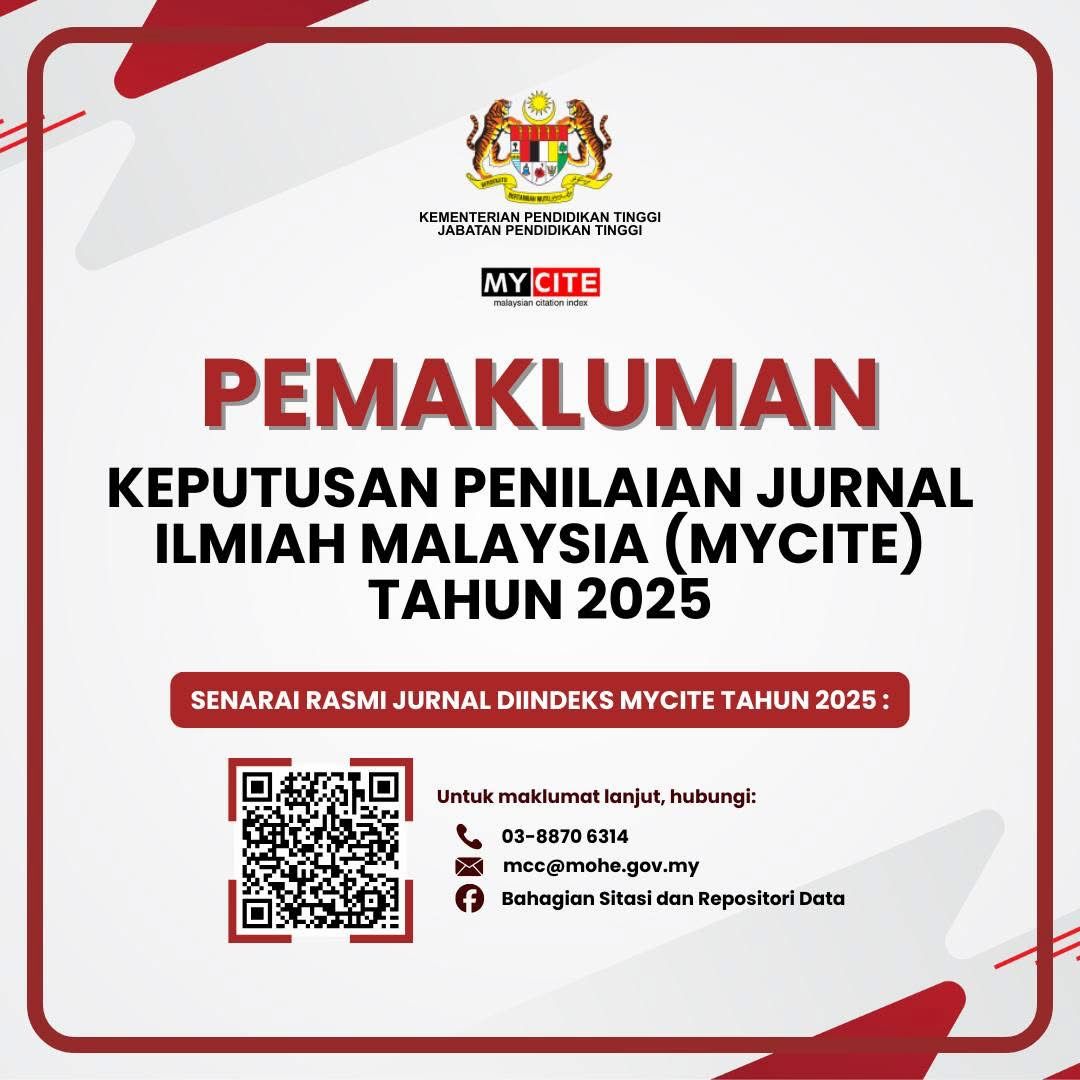Empowering Nagari Through Diaspora: The Collective Capital of Minangkabau Migrant Organisations
DOI:
https://doi.org/10.24191/idealogy.v10i2.875Abstract
This article analyzes the role of Minangkabau diaspora organisations as collective actors in empowering nagari (indigenous villages) in West Sumatra. The deeply rooted merantau (outmigration) tradition in Minangkabau culture has fostered expansive social and cultural networks that have evolved into institutionalised diaspora organisations. Employing a qualitative case study approach, this research draws on in-depth interviews, participant observation, and document analysis of organisations such as IKSP, PKDP, and S3. Findings reveal that these organisations maintain strong institutional frameworks and efficiently manage collective capital, encompassing social, cultural, and economic resources. This capital is mobilised through participatory and transparent development programs rooted in musyawarah nagari (local deliberative councils), focusing on infrastructure, education, productive economy, and cultural preservation. The programs reflect not only community-driven development but are also deeply informed by Minangkabau customary values and Islamic principles. The study concludes that Minangkabau diaspora organisations serve as strategic transnational actors in local development. Their contributions extend beyond financial remittances to embody social piety and collective agency. The article offers a theoretical contribution to diaspora-led development discourse, highlighting the relevance of institutionalised gotong royong (mutual cooperation) within localised governance systems.
Keywords: Minangkabau, diaspora, migrant.
References
Adeola, G., & Evans, M. (2020). Social capital and diaspora engagement in community development: Evidence from sub-Saharan Africa. Development in Practice, 30(7), 921–932. https://doi.org/10.1080/09614524.2020.1784533
Bappeda Sumbar. (2022). Laporan tahunan pembangunan nagari di Sumatera Barat. Padang: Bappeda Provinsi Sumatera Barat.
Brandhorst, R., Heins, V., & Müller, A. (2020). The new philanthropy: Transnational diasporic engagement and local development. Geoforum, 109, 74–82. https://doi.org/10.1016/j.geoforum.2020.01.009
Bourdieu, P. (1986). The forms of capital. In J. G. Richardson (Ed.), Handbook of theory and research for the sociology of education (pp. 241–258). Greenwood Press.
Brinkerhoff, J. M. (2022). Institutionalizing diaspora philanthropy for development: Frameworks and best practices. Migration Studies, 10(1), 35–53. https://doi.org/10.1093/migration/mnz056
Creswell, J. W. (2014). Research design: Qualitative, quantitative, and mixed methods approaches (4th ed.). SAGE Publications.
Eliza, A., & Pratama, R. (2019). Diaspora dan pembangunan: Studi kasus peran Minang rantau dalam Gebu Minang. Jurnal Sosial dan Humaniora, 8(1), 112–127. https://doi.org/10.30651/jsh.v8i1.2302
Granovetter, M. (1985). Economic action and social structure: The problem of embeddedness. American Journal of Sociology, 91(3), 481–510. https://doi.org/10.1086/228311
Johnson, P. D. (2007). Diaspora philanthropy: Influences, initiatives, and issues. The Philanthropic Initiative & The Global Equity Initiative, Harvard University. https://web.archive.org/web/20190907024843/http://tpi.org/sites/default/files/pdf/Diaspora%20Philanthropy%20Initiative%20Harvard.pdf
Levitt, P. (1998). Social remittances: Migration driven local-level forms of cultural diffusion. International Migration Review, 32(4), 926–948. https://doi.org/10.1177/019791839803200404
Lincoln, Y. S., & Guba, E. G. (1985). Naturalistic inquiry. SAGE Publications.
Marta, R. F. (2014). Budaya merantau dan konstruksi identitas sosial orang Minangkabau. Jurnal Antropologi Indonesia, 35(2), 167–176.
Miles, M. B., Huberman, A. M., & Saldaña, J. (2014). Qualitative data analysis: A methods sourcebook (3rd ed.). SAGE Publications.
Naim, M. (1979). Merantau ke kota: Studi tentang pola migrasi suku Minangkabau. Gadjah Mada University Press.
Nelmawarni. (2018). Tradisi merantau dan kesalehan sosial Minangkabau. UIN Imam Bonjol Press.
Nelmawarni, Warnis, Ulfatmi, & Noviyanty, H. (2023). Remitansi sebagai kesalehan sosial orang Minang: Mencari kontribusi perantau terhadap pembangunan Ranah Minang. Jurnal Multikultural dan Multireligius, 22(2). https://doi.org/10.32488/harmoni.v22i2.722
Portes, A., Escobar, C., & Walton, R. (2007). Immigrant transnational organizations and development: A comparative study. International Migration Review, 41(1), 242–281. https://doi.org/10.1111/j.1747-7379.2007.00061.x
Putnam, R. D. (2000). Bowling alone: The collapse and revival of American community. Simon & Schuster.
Rubin, H. J., & Rubin, I. S. (2011). Qualitative interviewing: The art of hearing data (3rd ed.). SAGE Publications.
Sampson, R. J., Raudenbush, S. W., & Earls, F. (1997). Neighborhoods and violent crime: A multilevel study of collective efficacy. Science, 277(5328), 918–924. https://doi.org/10.1126/science.277.5328.918
World Bank. (2003). Community-driven development in the context of conflict-affected countries: Challenges and opportunities. Social Development Department, World Bank. https://documents.worldbank.org/en/publication/documents-reports/documentdetail/735091468779431407
Van der Have, R., & Rubalcaba, L. (2021). Community-based innovation in diaspora organizations: A framework for inclusive development. Innovation and Development, 11(3), 391–408. https://doi.org/10.1080/2157930X.2020.1827717
Yin, R. K. (2018). Case study research and applications: Design and methods (6th ed.). SAGE Publications.
Downloads
Published
Issue
Section
License
Copyright (c) 2025 UiTM Press

This work is licensed under a Creative Commons Attribution-NonCommercial-NoDerivatives 4.0 International License.
UiTM Press (the Publisher) has agreed to publish the undersigned author’s paper in Idealogy Journal. The agreement is contingent upon the fulfilment of a number of requirements listed below.
1. The undersigned author warrants that the paper entitled below is original, that it is not in any way libellous or unlawful in Malaysia, that it does not infringe any copyright or other proprietary right. The undersigned hereby represents and warrants that he/she is the author of the paper, except for material that is clearly identified as to its original source, with permission notices from the copyright owners where required. The undersigned represents that he/she has the power and authority to sign and execute this agreement.
2. The undersigned author warrants that the paper entitled below has not been published elsewhere, and also it will not be submitted anywhere else for publication prior to acceptance/rejection by this Journal.
3. By submitting the paper entitled below, the undersigned author agrees to transfer the rights to publish and distribute the paper in an international e-journal (entitled above) to Publisher.
4. The undersigned author agrees to make a reasonable effort to conform to Publisher's submission guidelines and to liaise with the editor to ensure that the requirements of these guidelines are met to a reasonable degree.
5. The corresponding author signs for and accepts responsibility for releasing this material on behalf of any and all coauthors. This agreement is to be signed by at least one of the authors who has obtained the assent of the co-author(s) where applicable. After submission of this agreement signed by the corresponding author, changes of authorship or in the order of the authors listed will not be accepted.



